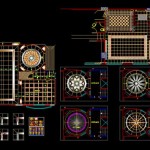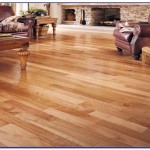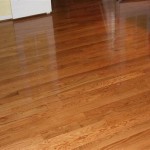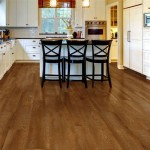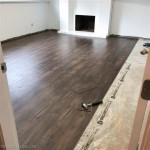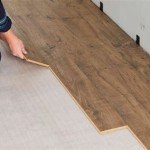Essential Aspects of Hardwood Flooring Transition Ideas
Hardwood flooring transitions are a crucial aspect of any flooring project, as they provide a smooth and seamless connection between different flooring surfaces. Whether you're transitioning from hardwood to carpet, tile, or another type of flooring, careful planning and execution are essential to achieve a professional-looking and durable result.
To help you navigate the world of hardwood flooring transitions, here are some essential aspects to consider:
1. Types of Transitions
There are three main types of hardwood flooring transitions:
- T-Molding: A metal strip with a T-shaped profile that covers the seam between two flooring surfaces of equal height.
- Reducer: A metal strip used to transition from a higher flooring surface to a lower one.
- End Cap: A device used to cover the exposed end of hardwood flooring where it meets a wall or other obstacle.
2. Material Selection
Transitions are available in a variety of materials, including:
- Metal: Durable and available in various finishes, such as brass, stainless steel, and brushed nickel.
- Wood: Matches the color and grain of your hardwood flooring for a seamless transition.
- Plastic: A budget-friendly option that is flexible and easy to install.
3. Color and Finish
The color and finish of your transitions should complement the surrounding flooring. For a subtle and cohesive look, choose transitions that match the color and grain of your hardwood flooring. Alternatively, you can opt for contrasting transitions to create a more striking visual effect.
4. Height and Size
The height and size of the transitions should be appropriate for the difference in flooring heights. For instance, if you're transitioning from hardwood to carpet, a reducer will be necessary to accommodate the height difference.
5. Installation
Proper installation is essential to ensure the durability and aesthetics of your transitions. Use a saw to cut the transitions to the correct length and secure them using glue, nails, or screws, depending on the type of transition and the flooring materials. Ensure the transitions are flush with the flooring surfaces and that there are no gaps or unevenness.
6. Maintenance
Hardwood flooring transitions require minimal maintenance. Regularly sweep or vacuum to remove dust and debris, and use a damp cloth to clean any dirt or spills. Avoid using harsh cleaners or abrasive materials, as they can damage the finish of the transitions.

Floor Transition Ideas Expert Advice Craftedforlife

Pin By Rosie Britton On Home Ideas Wood Floor Design Transition Flooring

70 Stunning Tile To Wood Floor Transition Ideas Design

5 Ways To Transition From A Tile Wood Floor Arizona

70 Stunning Tile To Wood Floor Transition Ideas Planchers De Cuisine Maison Etage Plancher Bois

Floor Transition Ideas Expert Advice Craftedforlife

How To Handle Flooring Transitions Wood Tile Carpet

23 Floor Transition Ideas Sebring Design Build Trends Tile To Wood Flooring

How To Handle Flooring Transitions Wood Tile Carpet

Floor Transition Ideas Expert Advice Craftedforlife
Related Posts


